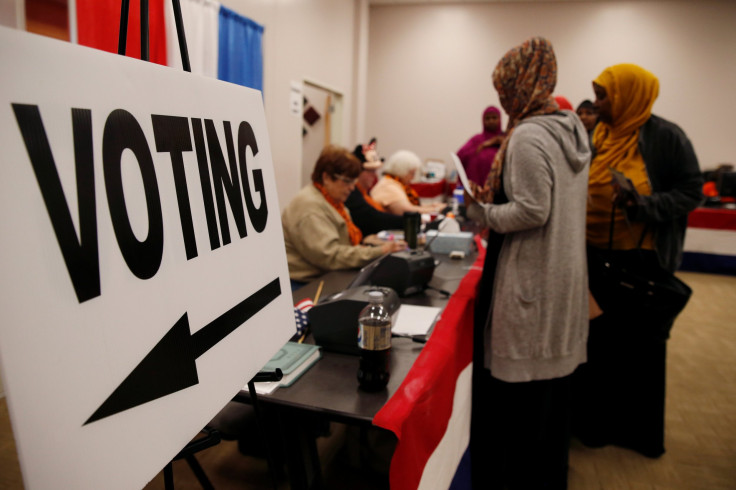Where Do I Vote? How To Find Polling Places For 2016 Elections

A record 200 million-plus voters have the opportunity to cast their ballot this election season. While some will make use of early voting, the majority of those participating will head out to the voting booths Tuesday in order to make their decision. So where exactly are these polling stations located and how do they work?
A number of resources exist that help prospective voters find their nearest polling station. Perhaps the quickest way is to simply Google it. Polling stations are often set up in community buildings such as schools, churches and fire stations. Voting locations are determined by a state's board of elections, each of which has their website and phone number listed online. These boards are overseen by the Federal Board of Elections and can point voters to voting locations within the state's districts, as well as provide state-specific information about the voting process such as registration, absentee ballots and voting for members of the armed forces stationed overseas.
Many states require voters to bring documents with them in order to cast their ballot. Some states such as New York, California and Pennsylvania do not mandate you bring any identification with you, while others like Virginia, Georgia and Wisconsin have some of the strictest voter identification laws in the nation.
If a voter arrives at a voting booth without the necessary identification, he or she may be still be provided with a provisional ballot that will be considered if the voter follows up with the proper documents before a designated deadline. The National Conference of State Legislatures offers an interactive map detailing voter ID requirements on a state-by-state basis.
The law dictates that senior citizens and citizens with disabilities should have equal access to voting. All polling stations must be wheelchair accessible and some states even offer "curbside" voting and set up portable stations in long-term care facilities. For those whose first language is not English, the Election Assistance Commission offers multilingual materials to aid in the voting process.
© Copyright IBTimes 2024. All rights reserved.












